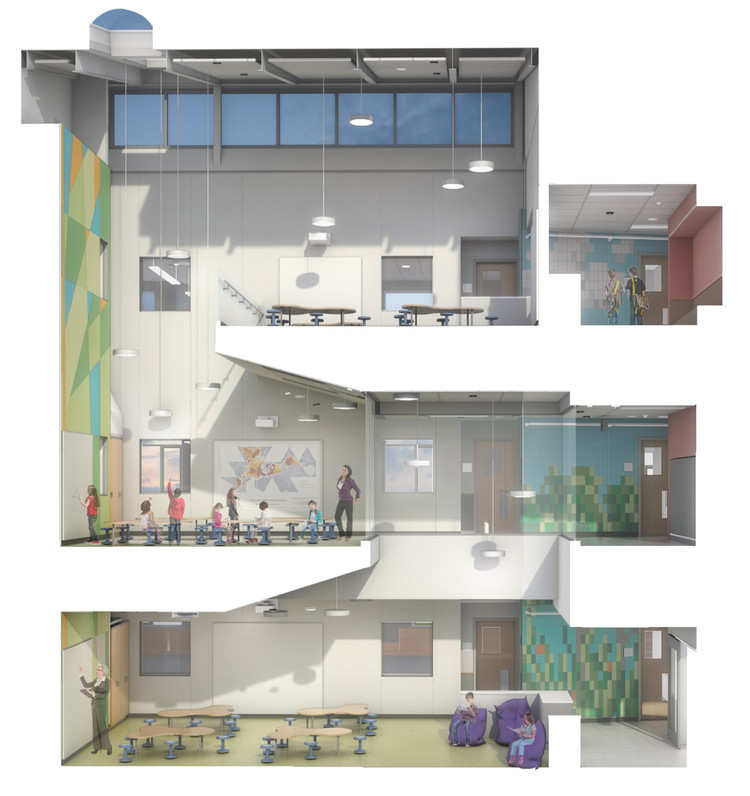
Americas Society NY in collaboration with Center for Architecture (AIANY) launches a new architecture initiative: IN SITU_Conversations on Architecture and Beyond curated by Agustin Schang and Laura Gonzalez Fierro.
This new series of weekly Instagram posts invites architects and thinkers to contribute their spatial ideas and thoughts around the inside, the outside, and the in-between space(s). In a moment when a large amount of the world population is locked down, forced to negotiate between isolation, interiority, and connectivity in unprecedented ways–we urge to rethink: How are we navigating this crisis spatially? How are we shaping this new everyday experience across the Americas and the world at large? Where is the architecture discipline today, how is it transforming, and how is it going to help shape a better world for the future?


.jpg?1588588896)
.jpg?1561029678)
.jpg?1561029668)
_(1).jpg?1561029646)

.jpg?1561029689)














Wade_ZIMMERMAN_15nb_p325.jpg?1525462227)







.jpg?1588147105)
.jpg?1588147126)
.jpg?1588147079)
.jpg?1588147146)
.jpg?1588147038)

.jpg?1587757409)

.jpg?1587757443)

















.jpg?1462182949)













